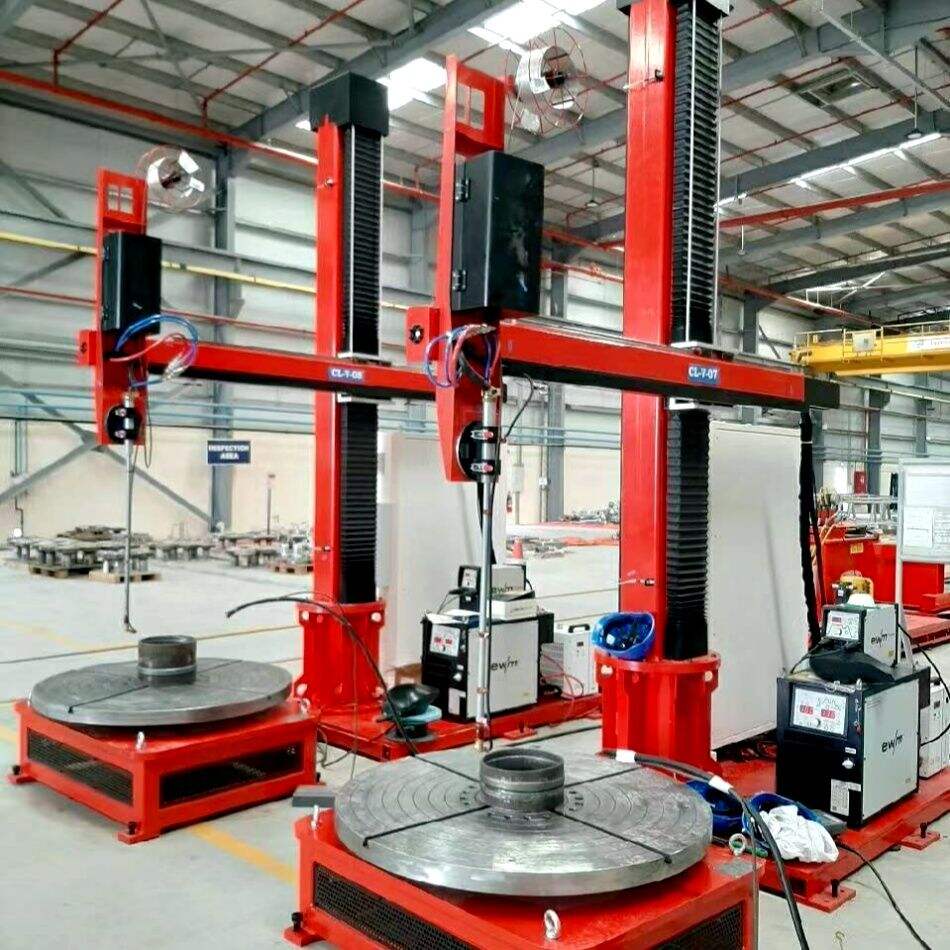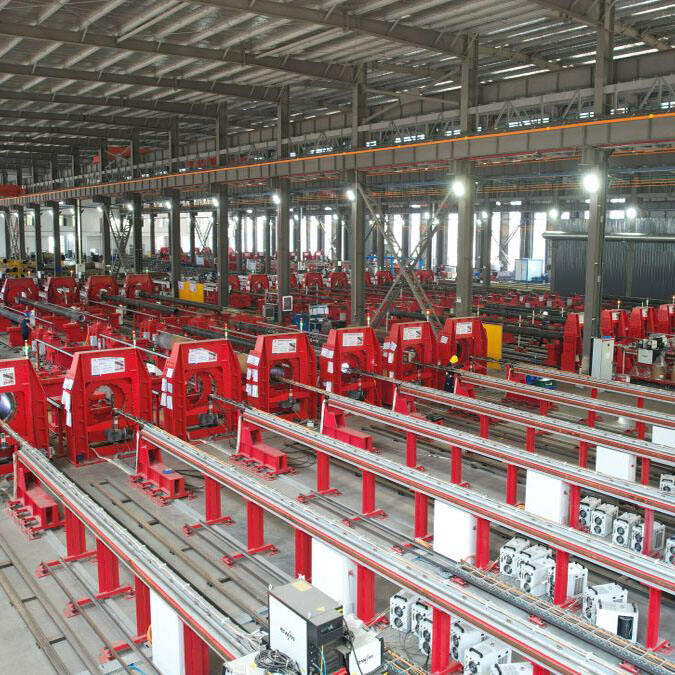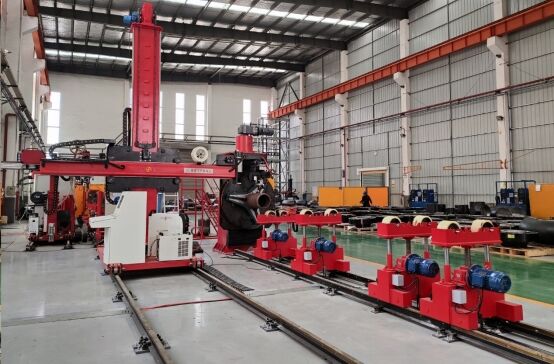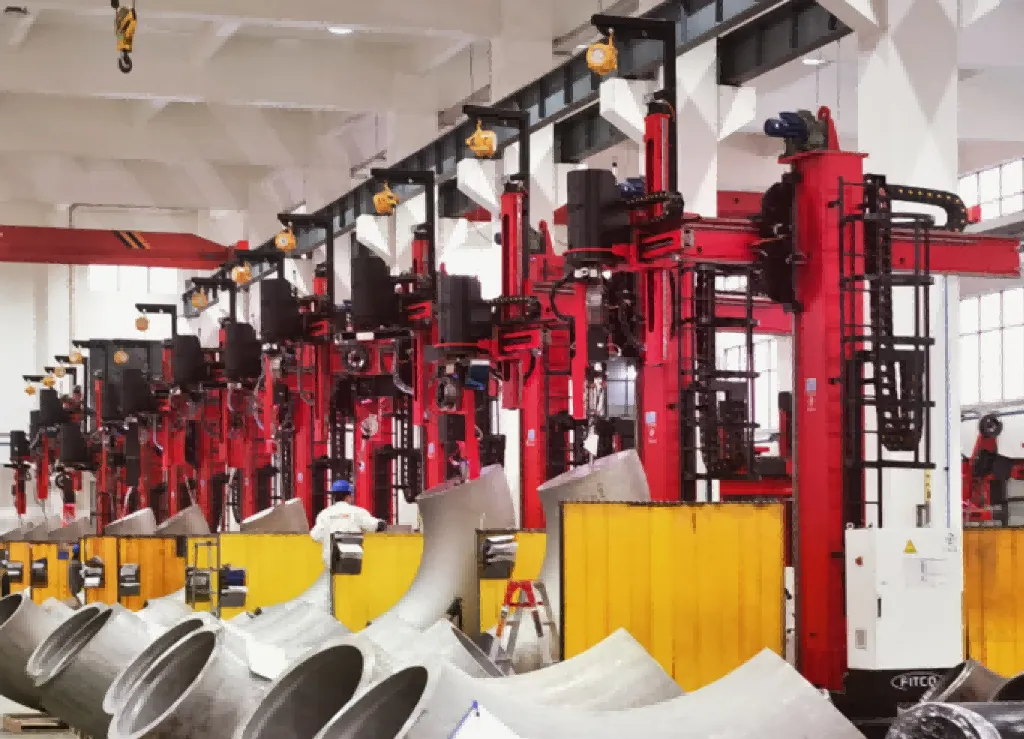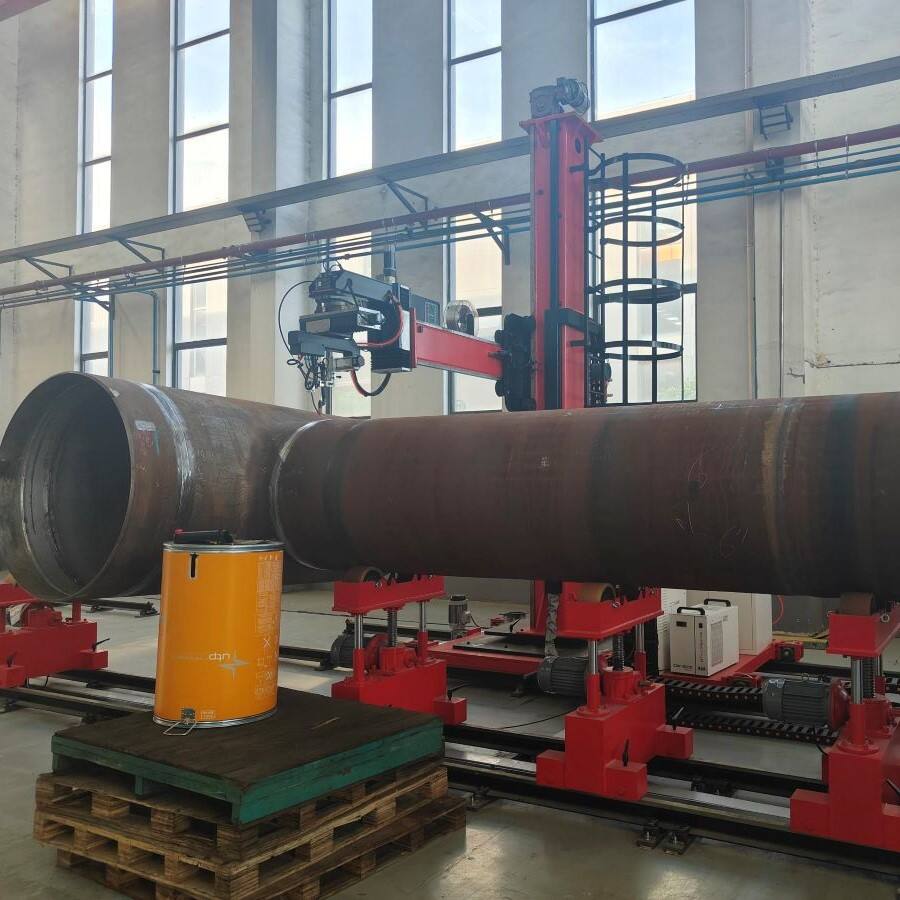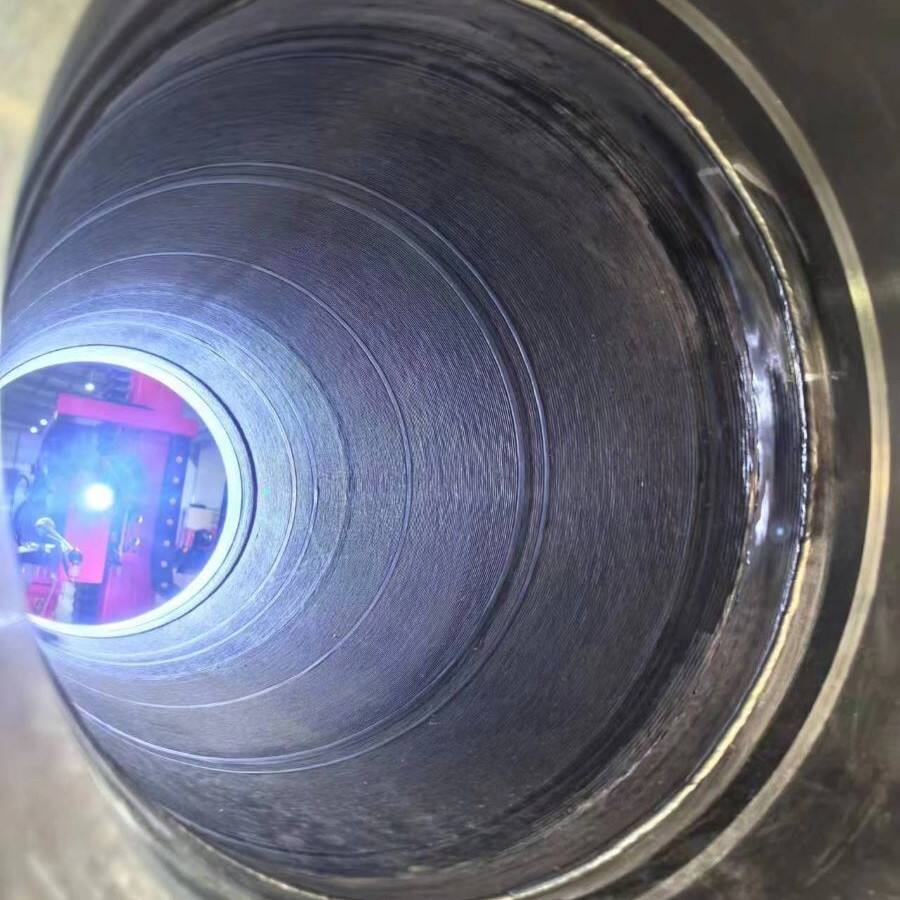china hot wire gtaw tig cladding systems
The China Hot Wire GTAW TIG Cladding Systems represent a cutting-edge advancement in welding technology, combining precision control with enhanced efficiency. This sophisticated system integrates hot wire technology with traditional Gas Tungsten Arc Welding (GTAW) processes to deliver superior cladding results. The system features a specialized hot wire feeder that preheats the filler material before it enters the weld pool, significantly improving deposition rates while maintaining exceptional quality. The equipment's digital control interface allows operators to fine-tune parameters such as wire feed speed, current intensity, and preheat temperature with remarkable accuracy. Designed for both automated and semi-automated applications, these systems excel in producing high-quality overlay welds crucial for corrosion protection and surface enhancement. The technology is particularly valuable in industries requiring precise material deposition, such as petrochemical, nuclear power, and aerospace manufacturing. With capabilities for both single and multi-layer cladding operations, these systems can handle various base materials and filler metals, ensuring versatility across different industrial applications.

 EN
EN
 AR
AR BG
BG HR
HR CS
CS DA
DA NL
NL FI
FI FR
FR DE
DE EL
EL HI
HI IT
IT JA
JA KO
KO NO
NO PL
PL PT
PT RO
RO RU
RU ES
ES SV
SV TL
TL IW
IW ID
ID LT
LT UK
UK SQ
SQ HU
HU TH
TH TR
TR FA
FA AF
AF CY
CY MK
MK LA
LA MN
MN KK
KK UZ
UZ KY
KY